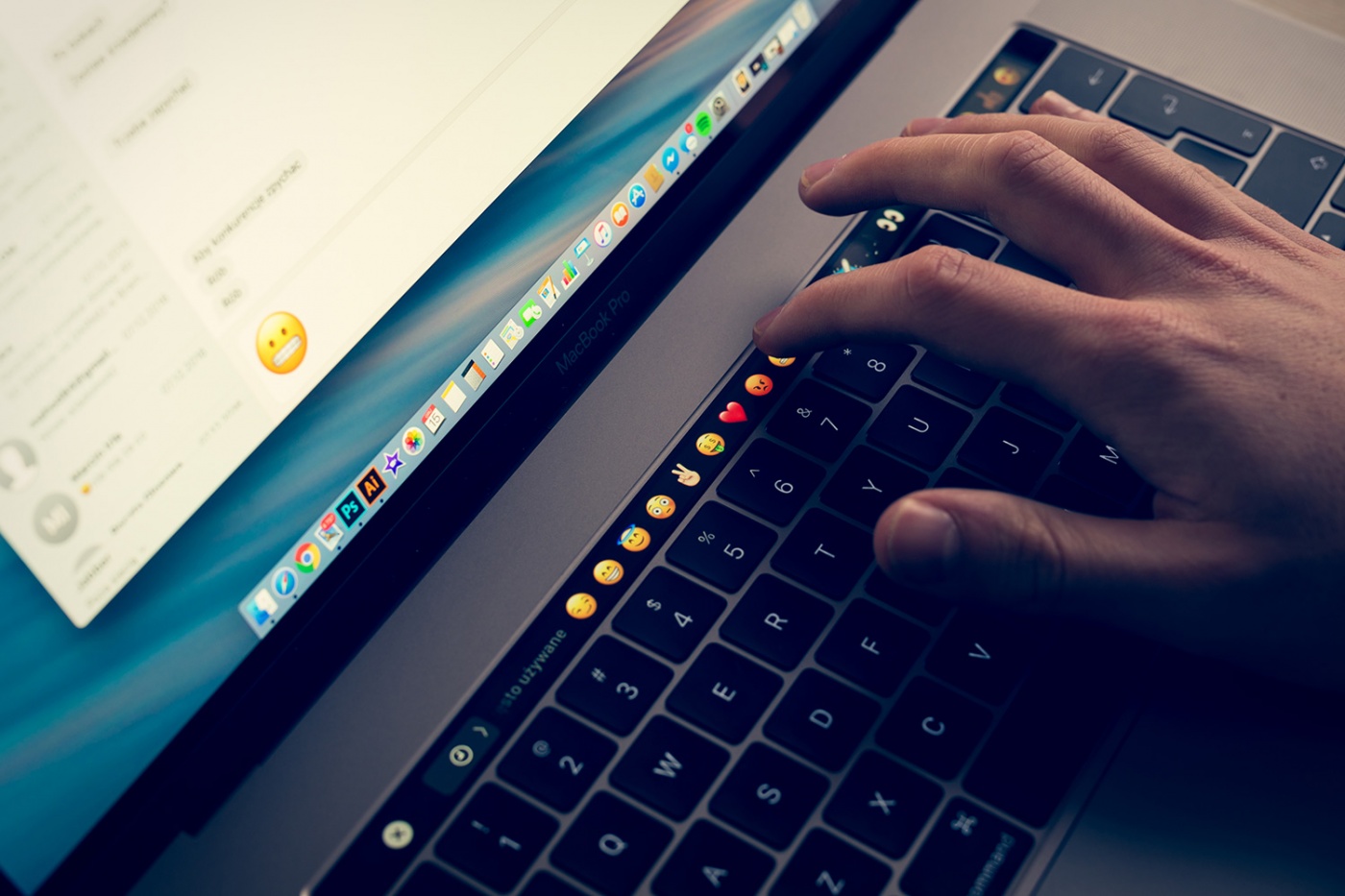What Should Your Emoji Etiquette Be at Work?
In our hyper digitalised world, emojis are becoming common parlance. They are influencing the way we communicate—allowing us to express emotions in an informal, personable way, or add an additional layer of meaning that cannot be said in words. Sometimes emojis even jazz up marketing messages, which is why brands like Taco Bell utilise them to stand out from the crowd.
According to SurveyMonkey, while many young adults agree that emojis are appropriate at work, Boomers and Generation X still consider them inexpedient and felt that excessive usage of emojis was a sign of low competence. Yet, there is no denying that emojis are replacing words. In fact, in 2015, Oxford Dictionaries even declared the “face with tears of joy” emoji as its word of the year after seeing an enormous surge in its usage. Nonetheless, here is why you should (and should not) use emojis at work, and the appropriateness of them in a professional setting.
Pros: Emojis can make you more approachable
The right emojis can make you appear more affable, like employing a smiley face emoji in a text message can make people feel comfortable. In Adobe’s 2019 Emoji Trend Report, 81 per cent felt that emoji users were warmer. Research has shown that our brains react to emojis as though they are real human faces. Furthermore, people tend to develop an emotional connection with emojis that cannot be found in words. If you are trying to welcome your new hire, sending them an email with a smiley face emoji, will make you seem more down-to-earth—and that you are an approachable boss.
Emojis can diffuse tension
In the same Emoji Trend Report, 93 per cent of the people surveyed use emojis to lighten conversation. Thinking of approaching a heavy topic? Whenever tension levels run high in the office, adding an emoji to an email can humanise you. It shows empathy and demonstrates understanding. However, make sure to choose the “correct” smiling emoji to convey your sentiments. For example, the slightly smiling face emoji can be regarded as sarcastic or patronising.
Emojis can enhance communication
According to Vik Verma, ex-CEO of US tech company 8×8, “Emojis help employees communicate more effectively with each other. They can indicate tone that might otherwise be misconstrued and can boost credibility.” He also believes that emojis can help people convey their messages more clearly since they can drastically transform the tone of a text. Oftentimes, it’s easy to misunderstand the real intent of a person. Considering that the workplace is evolving so rapidly, learning how to embrace emojis effectively allows us to incorporate greater expression and personality into conversations that align more closely to real-life interactions.
Emojis can catch the reader’s attention
Emojis are attention-grabbing and when used accordingly, does increase audience engagement. Think of it as a message enhancer. To break up a dense wall of text and draw attention to key points, employ action and symbolic emojis. Bold and interesting ones can be a breath of fresh air.
Cons: Emojis undermine your ability
A study in Social Psychological and Personality Science found that including emojis in emails gives others the impression that you are inept. Similarly, another study by OfficeTeam revealed that 39 per cent of senior managers view emojis in work communications as unprofessional. So while your colleagues might not have an issue with emojis, never risk it with executives. Generally, older people expect a more traditional form of correspondence, thus any deviations may make you affect your standing or hinder career growth.
Emojis are not always universal
In different cultures, emojis have varied meanings. A good example is the waving hand emoji—one of the most popular emojis in the US that is used to convey friendliness, but in China, it is seen as an offensive gesture. The biggest issue with emojis is that there is no universal consensus on what each specific emoji represents. Most people interpret emojis on a personal level based on their own prior experiences. For example, if a colleague shows you a sample of his work and you respond with a fire emoji, those who don’t have a similar reference point might not understand that you were trying to tell them what an amazing job they did. Other emojis may mean specific things when used by a different generation. Case in point: Millennials might use the laughing emoji with streaming tears to express amusement, but Generation Z would be more inclined to use the skull emoji to indicate that same emotion.
Exercise Prudence
Observe your company’s overall tone and culture before deciding what is acceptable. When in doubt, it’s always best to be prudent. Avoid emojis that may be misinterpreted wrongly like the winking face. (You don’t want to come across as flirty.) Take your cue from whoever you’re speaking to. “Mirroring is a proven strategy for in-person communication, and I believe the same is true online,” said communications manager Hillary Hafke of Match Group. Observe how your clients or colleagues use emojis. And if they do, consider reciprocating with more neutral ones. Some companies have even created policies stating the use of certain emojis for specific situations, like the birthday cake emoji for celebrations and a light bulb emoji for brainstorming sessions.
But remember, emojis are still symbols after all and not replacements for actual words.


